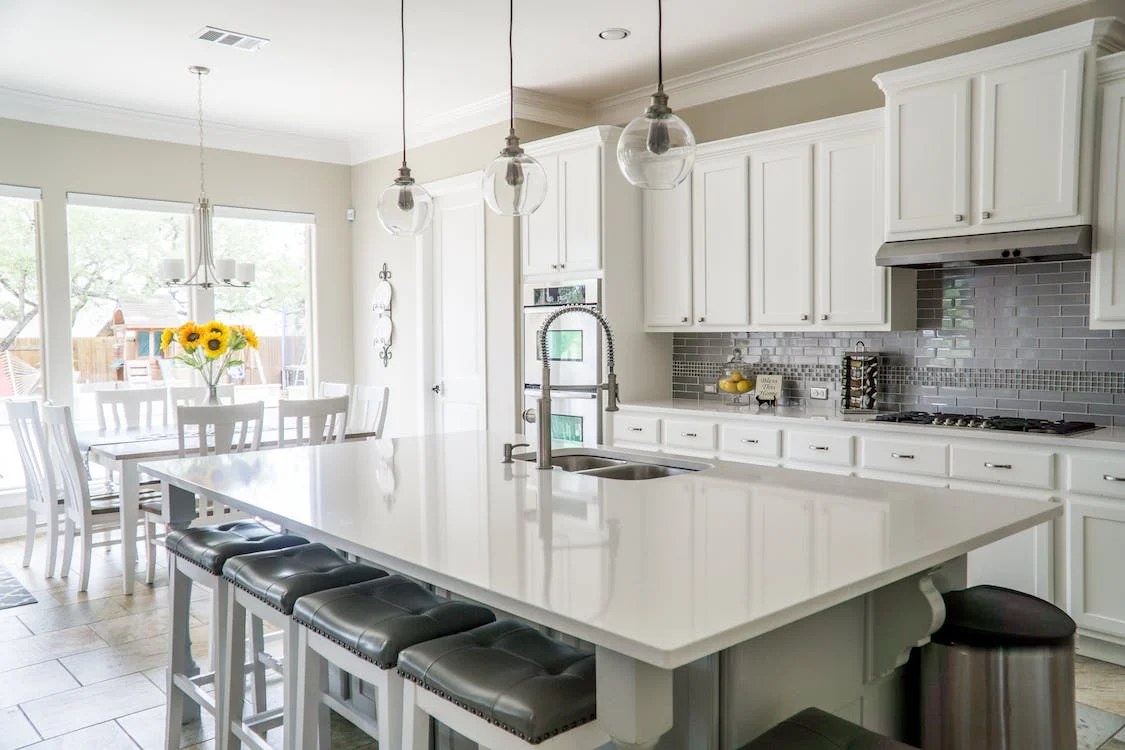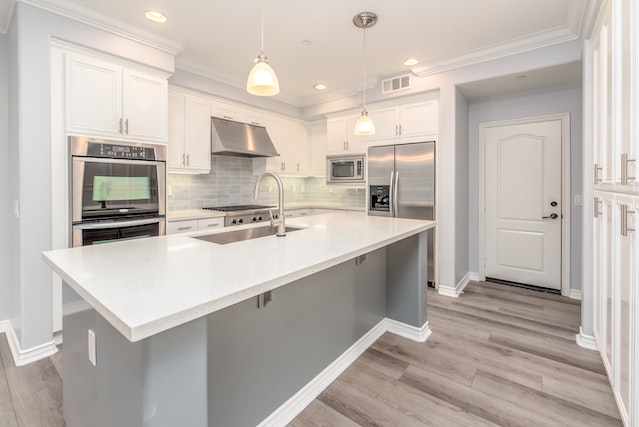The real estate market in Pittsburgh has experienced significant growth and transformation over the years. As the city continues to thrive, housing demand has surged, resulting in a complex interplay of factors that influence various aspects of homeownership. One such factor that homeowners must consider is the impact of Pittsburgh’s real estate market on home insurance rates. In this article, we delve into the relationship between Pittsburgh’s real estate market and home insurance rates, examining the key factors at play and their effects on homeowners.
- Market Value and Home Insurance Premiums:
The market value of a property is a crucial determinant when it comes to setting home insurance premiums. As Pittsburgh’s real estate market flourishes, property values tend to rise. With higher property values, insurers often adjust their coverage accordingly, resulting in potentially higher premiums for homeowners. However, it is essential to note that market value is just one of the factors considered by insurers, and several other variables may come into play when determining insurance rates.
- Neighborhood Characteristics and Risk Assessment:
Pittsburgh’s real estate market is not homogenous, with distinct neighborhoods and communities offering diverse living conditions. Insurers take into account the characteristics of a neighborhood when assessing the risk associated with providing coverage. Factors such as crime rates, proximity to fire stations, and the age and condition of nearby homes can influence insurance rates. In areas experiencing growth and revitalization, insurance rates may decrease as the overall risk is perceived to be lower. Conversely, neighborhoods with higher crime rates or older housing stock may see increased insurance rates.
- Natural Disasters and Climate Change:
Pittsburgh’s real estate market is not immune to the impacts of climate change, with extreme weather events becoming more frequent. Insurers consider the vulnerability of an area to natural disasters, such as flooding or severe storms, when determining insurance rates. As climate-related risks evolve, insurance companies may adjust their coverage policies and rates accordingly. Homeowners in areas prone to flooding, for example, may face higher premiums due to the increased likelihood of water damage.
- New Construction and Insurance Requirements:
As Pittsburgh’s real estate market evolves, new construction projects emerge to meet the growing housing demand. These new homes often incorporate modern building techniques and materials, resulting in potentially lower insurance premiums. Insurance companies typically consider the construction quality, safety features, and materials used in a home when determining rates. Newly built homes may benefit from lower premiums due to their reduced risk profile.
Conclusion:
The impact of Pittsburgh’s real estate market on home insurance rates is multifaceted, influenced by factors such as market value, neighborhood characteristics, climate change risks, and new construction. Homeowners should be aware of these dynamics and understand how they can impact their insurance premiums. Consulting with insurance professionals and comparing quotes from different companies can help homeowners find the best coverage options tailored to their specific needs and budget. Ultimately, staying informed about the evolving real estate market and insurance landscape is crucial for homeowners to make informed decisions and protect their investments.




